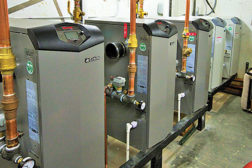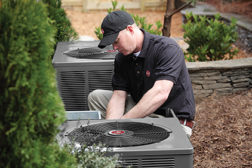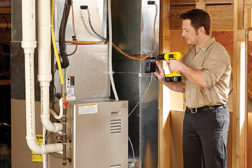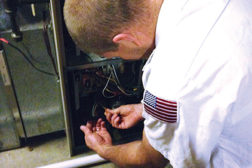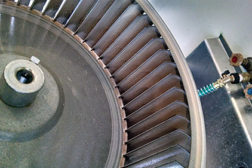Energy Management Features
Automatic Temperature Adjusting Mechanism Among the Biggest Adjustments
Read More
Regional Standards Take Effect; DOE Considers Enforcement
Enforcement Final Rule Expected in Early 2015 for Split-system Central Air Conditioners
Read More
California Implements Bypass Duct Regulation
Statewide Code Change Regulates Residential Bypass Damper Usage
Read More
Rooftop Systems Earn LEED-Gold Status
UVC Lamps, Evaporative Condensing System Contribute to Efficiency
December 22, 2014
IoT Transforms Commercial Buildings
Shift to Internet-Connected Systems Requires Progressive Outlook
Read More
Chipping Away at HVAC Energy Costs
Contractors Install Aftermarket SmartChip to Lower Utility Bills, Increase Efficiency
Read More
Contractors Learn About Home-performance Contracting
Attendees Discuss HPC Do's and Don'ts at Building Performance Forum
Read More
Retrofitting PSC Motors with ECMs
Replacing PSC Motors with ECMs Can Boost Bottom Line, Improve Customer Comfort
Read More
Manufacturers Strive to Meet Standards
Furnace Fan, Electric Motor Standards Drive Competition While Presenting Challenges
Read More
Copyright ©2024. All Rights Reserved BNP Media.
Design, CMS, Hosting & Web Development :: ePublishing
